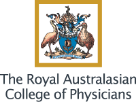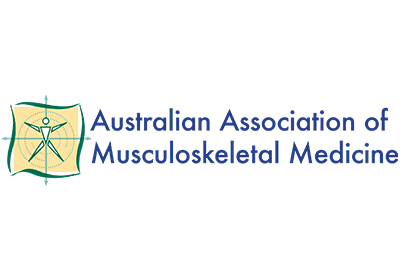Cervical Dystonia/Torticollis Management
What is Cervical Dystonia/Torticollis?
Cervical dystonia, also known as spasmodic torticollis, is a neurological disorder that causes involuntary muscle contractions in the neck, leading to abnormal head movements and postures. It is a rare condition, affecting approximately 1 in 5,000 people.
Symptoms:
The symptoms of cervical dystonia can vary from person to person and may include:
- Tilted head
- Involuntary turning of the head to one side
- Neck pain and stiffness
- Jerking or shaking of the head
- Difficulty holding the head in a certain position
- Migraine/Headache
- Fatigue
Causes:
The exact cause of cervical dystonia is not yet known. However, research suggests that it may be due to a combination of genetic and environmental factors. In some cases, it may be triggered by trauma or injury to the neck.
Diagnosis:
Diagnosing cervical dystonia involves a physical examination, medical history, and tests to rule out other possible causes of the symptoms. These tests may include imaging tests such as CT or MRI scans.
Treatment:
There is currently no cure for cervical dystonia. However, there are several treatment options available to help manage the symptoms, including:
- Botulinum toxin injections: This treatment involves injecting botulinum toxin (Botox) into the affected muscles to block nerve signals and reduce muscle contractions.
- Oral medications: Certain medications, such as anticholinergics or muscle relaxants, may be prescribed to help reduce muscle contractions.
- Physical therapy: Exercises and stretches may be recommended to help improve range of motion and reduce pain.
- Surgery: In severe cases, surgery may be recommended to cut the nerves that control the affected muscles.
Living with cervical dystonia can have a significant impact on daily life, but there are things that can be done to help manage the condition. These may include:
- Avoiding triggers that worsen symptoms, such as stress or certain positions
- Using a neck brace or collar to support the head
- Seeking support from family, friends, or support groups
- Taking steps to manage pain, such as using heat or ice packs
It's important to work closely with a healthcare provider to develop an individualised treatment plan that meets your specific needs.
If you have been diagnosed with cervical dystonia, it's natural to feel anxious or overwhelmed. However, with the right treatment and support, it is possible to manage the symptoms and maintain a good quality of life. Our team at GC Rehab is dedicated to providing you with personalised care and support throughout your journey with cervical dystonia/torticollis. Please do not hesitate to reach out if you have any questions or concerns.







